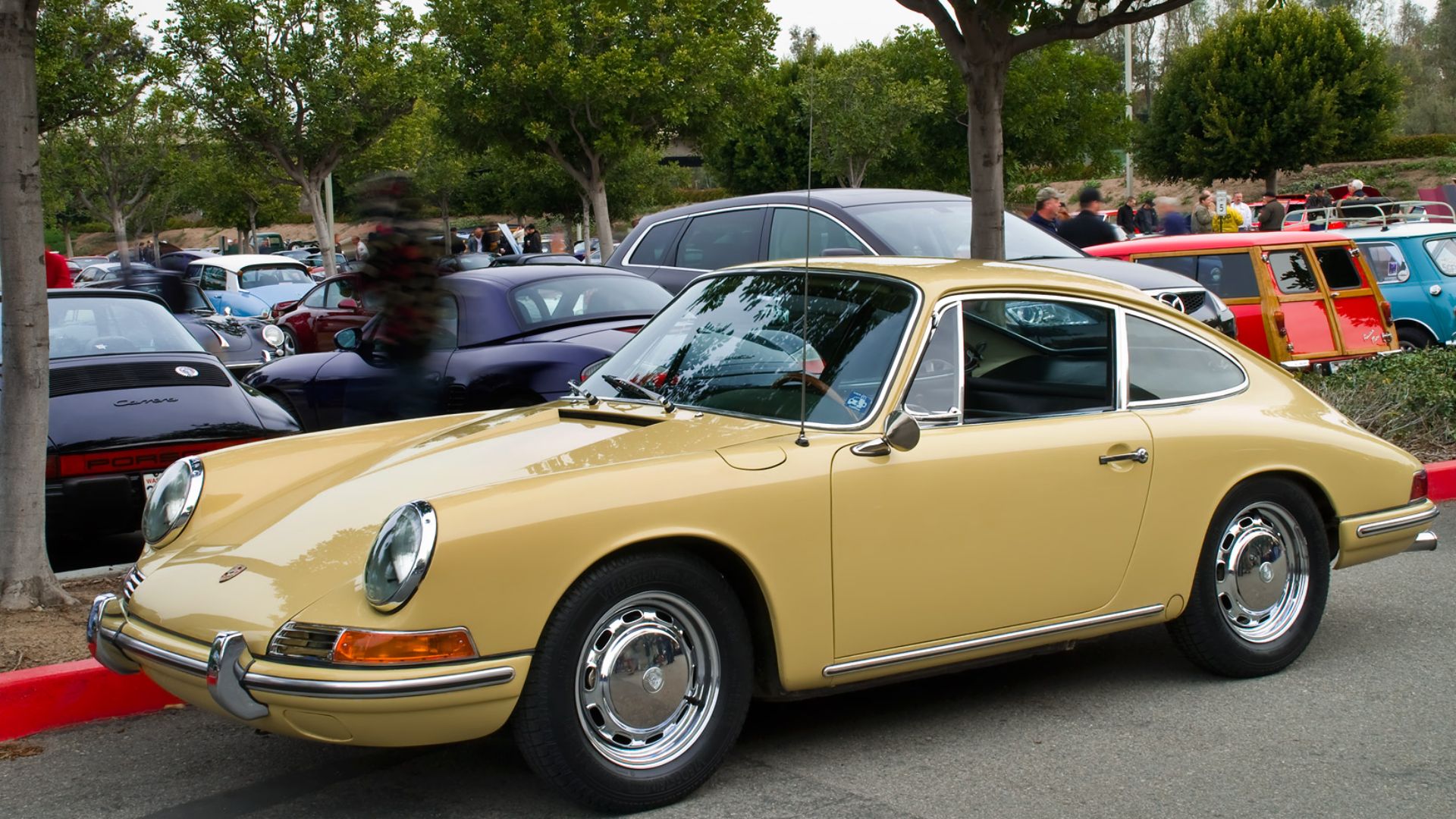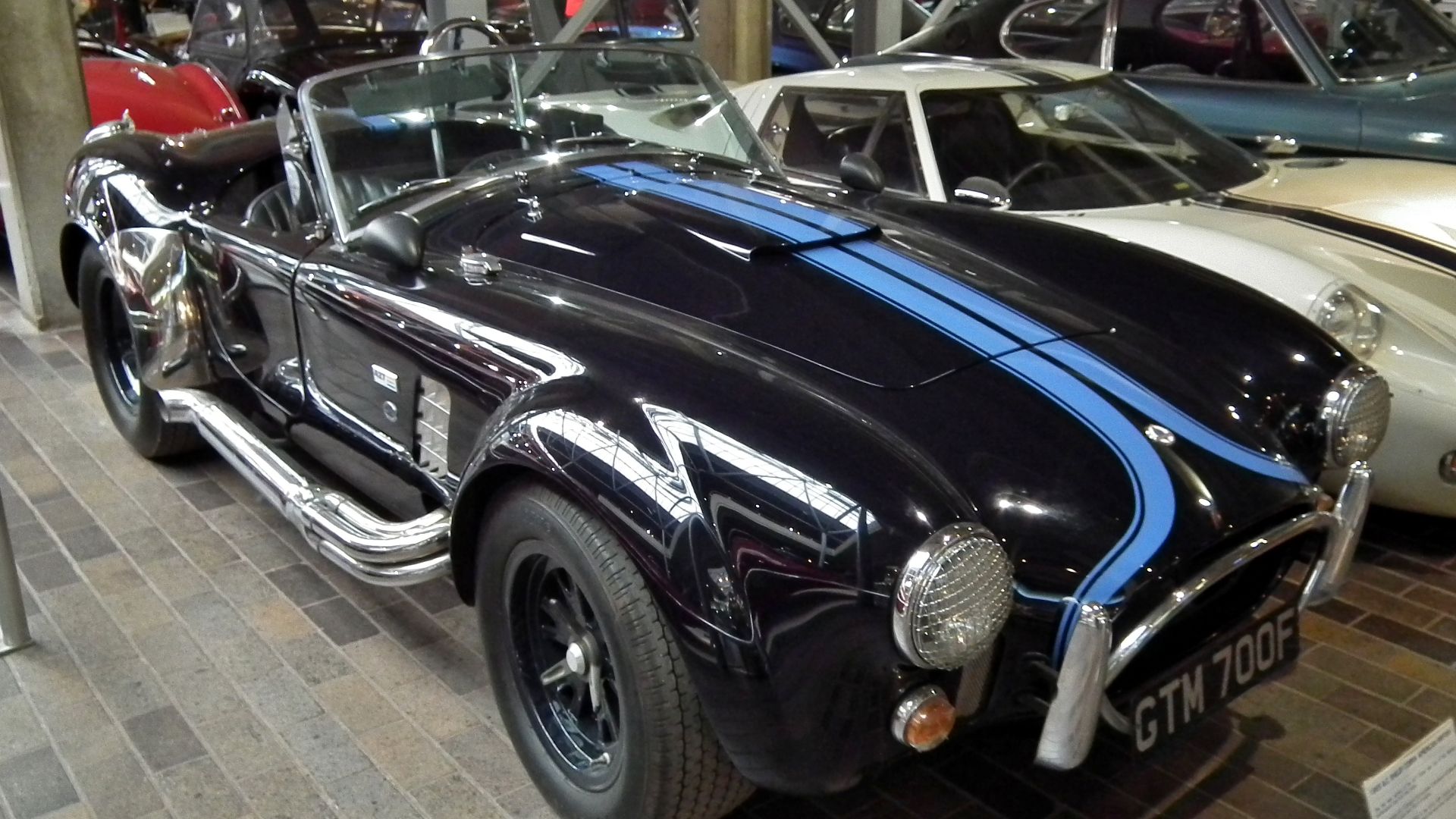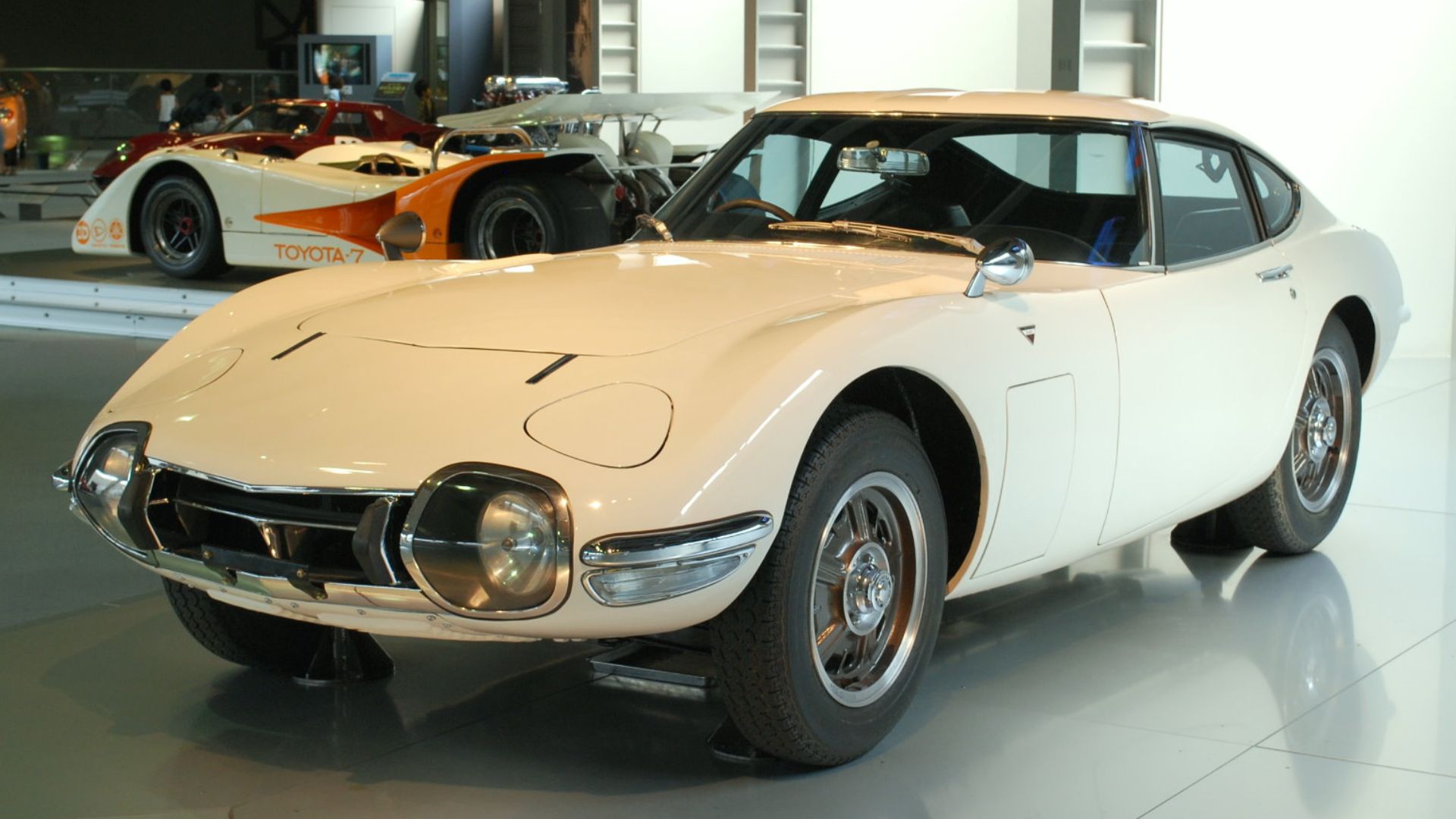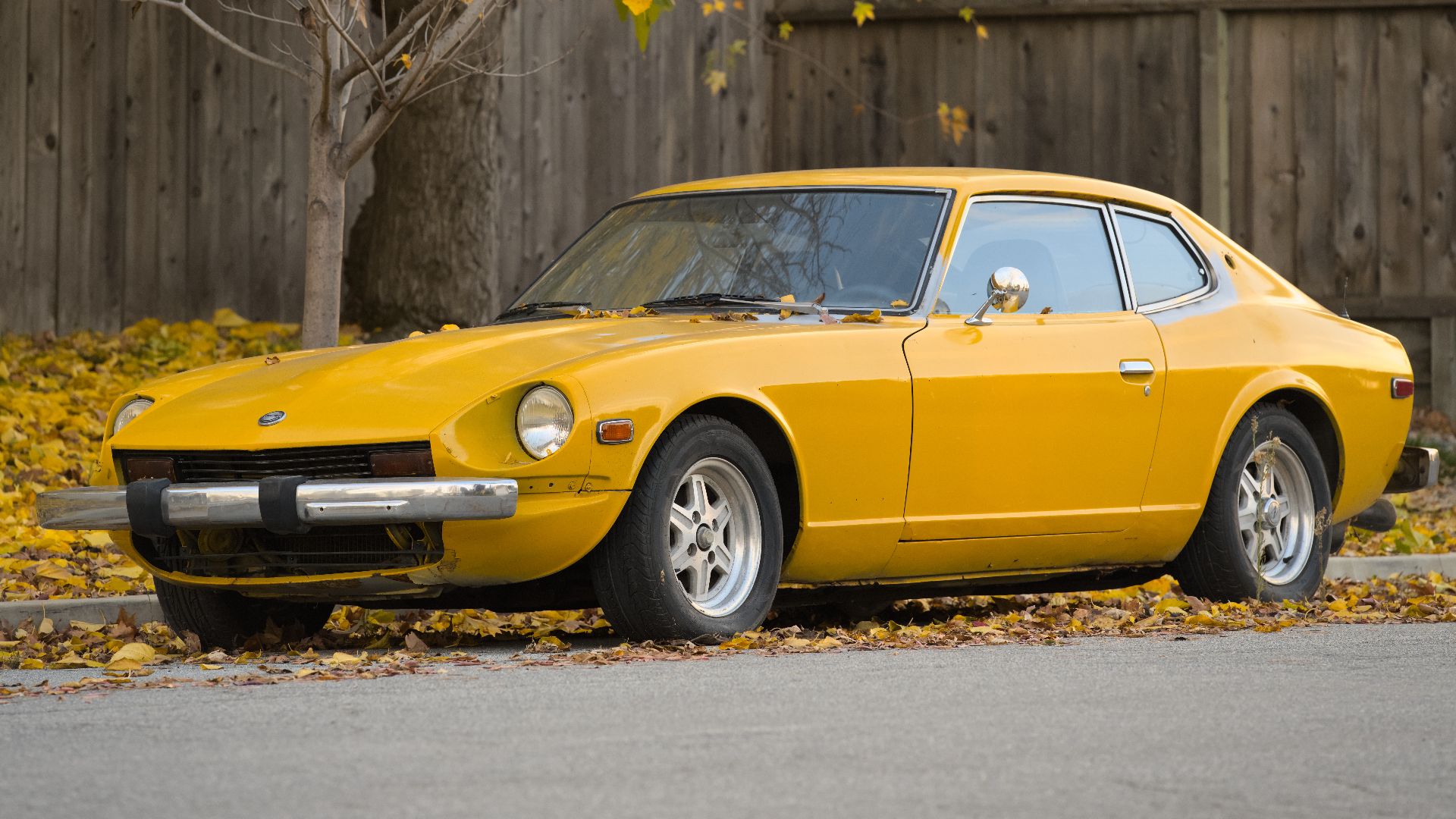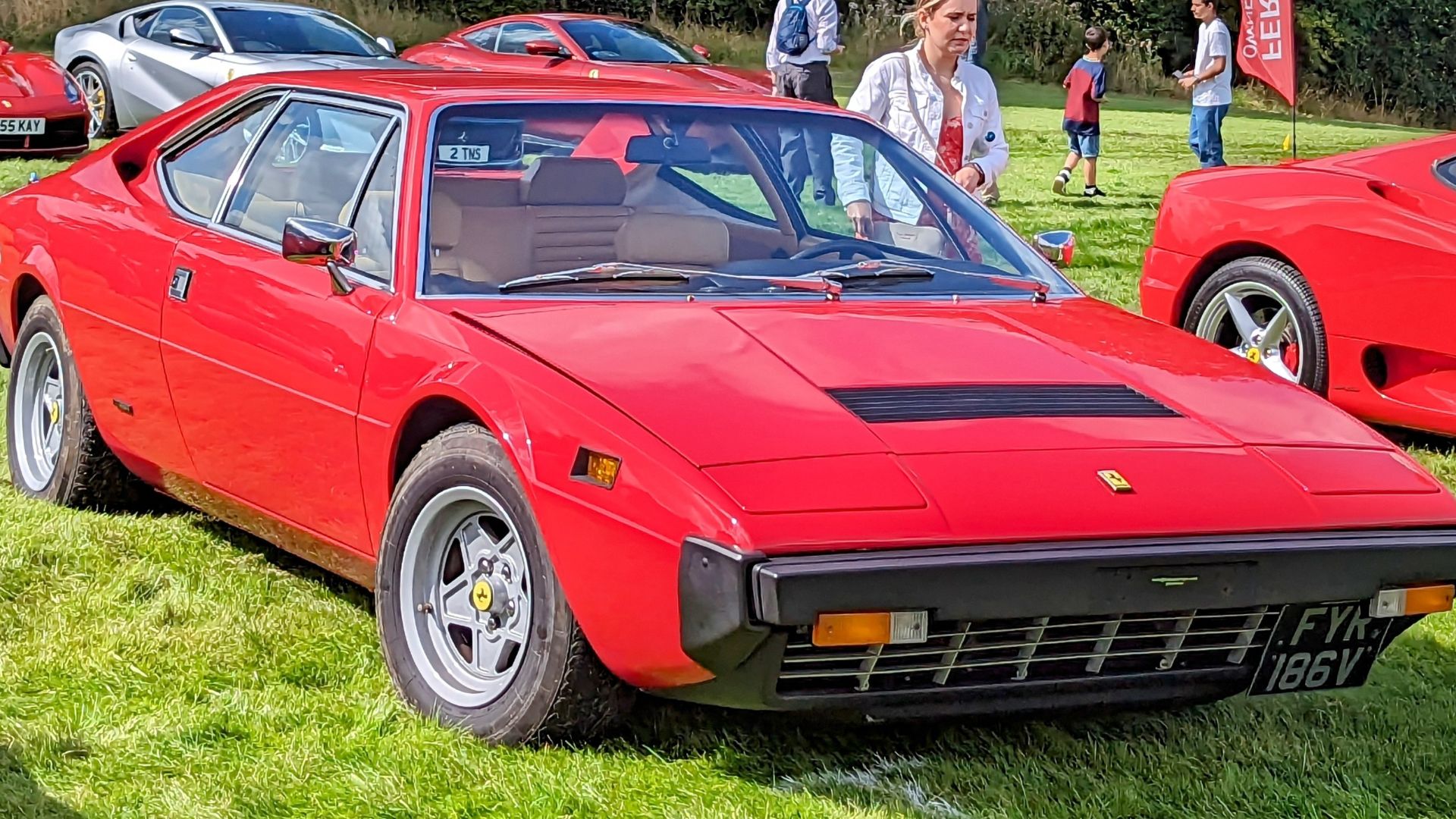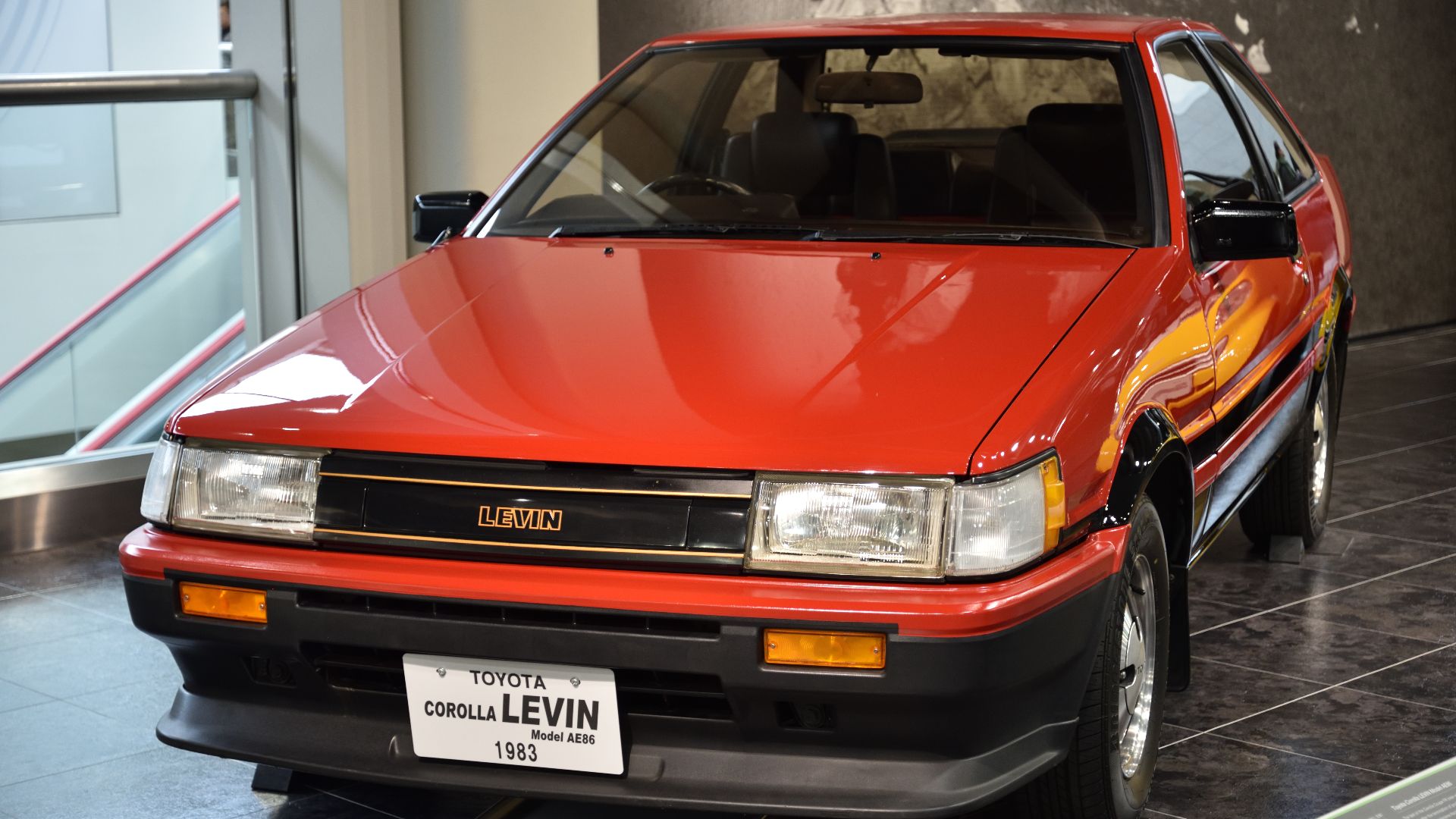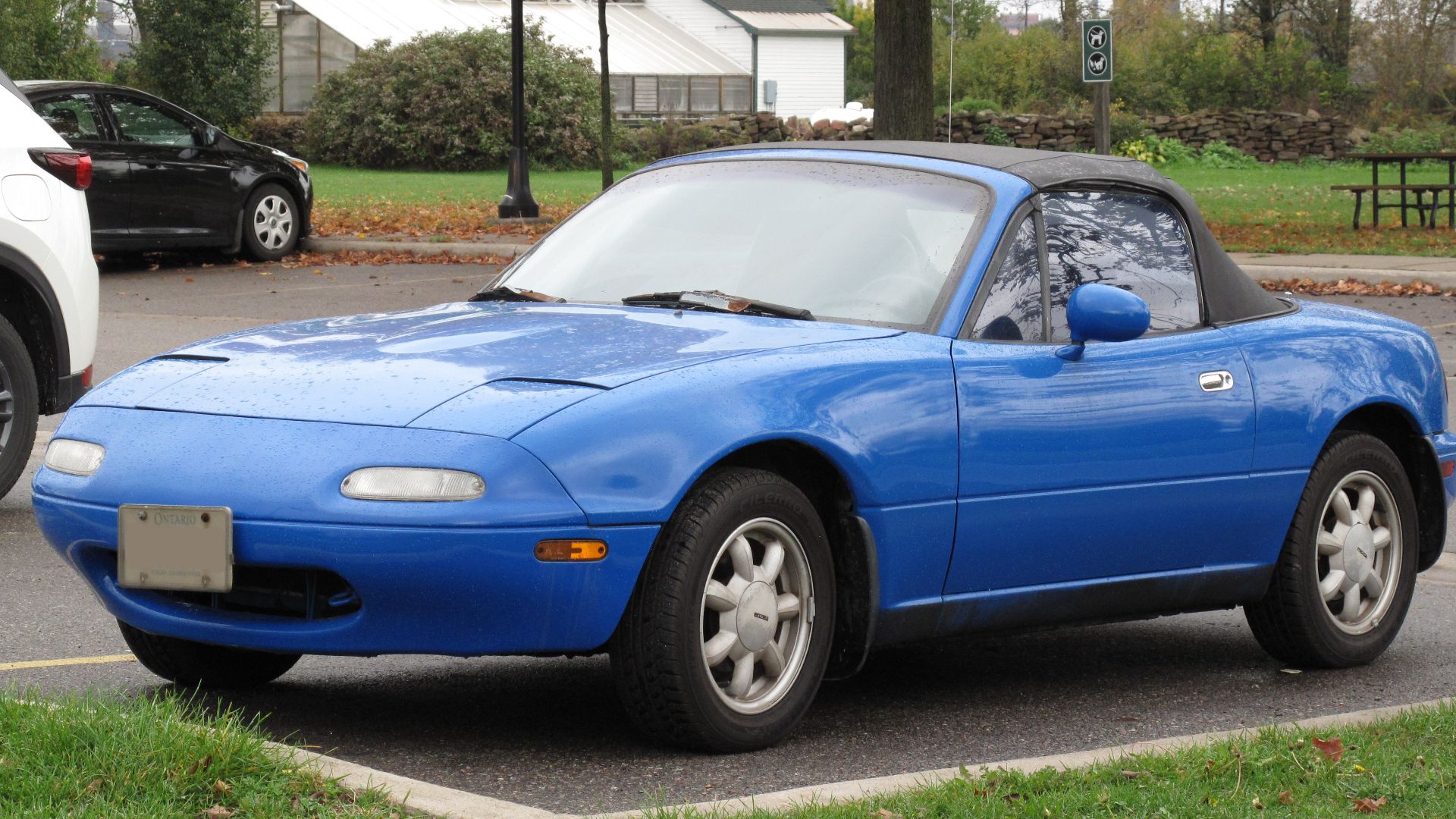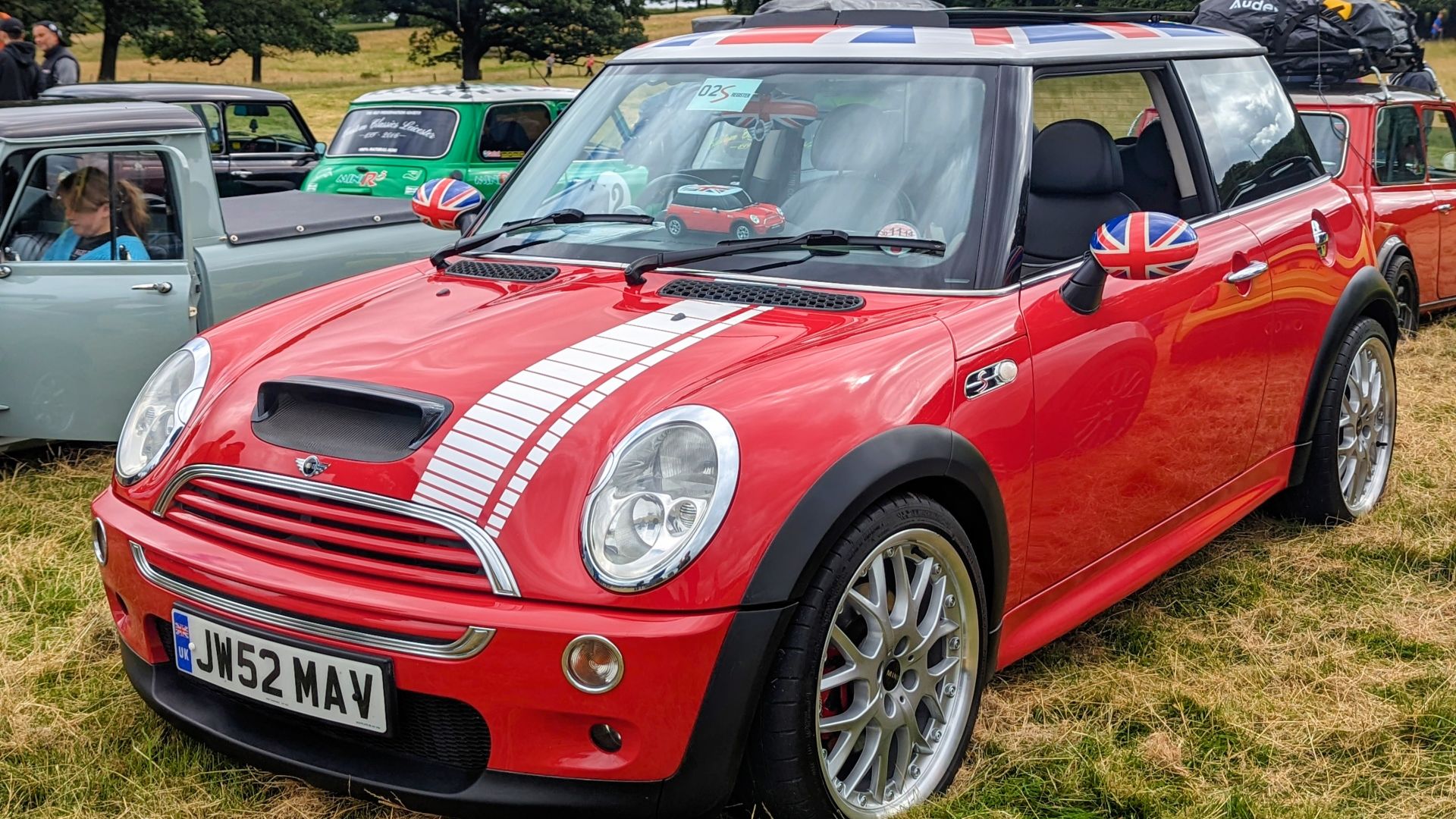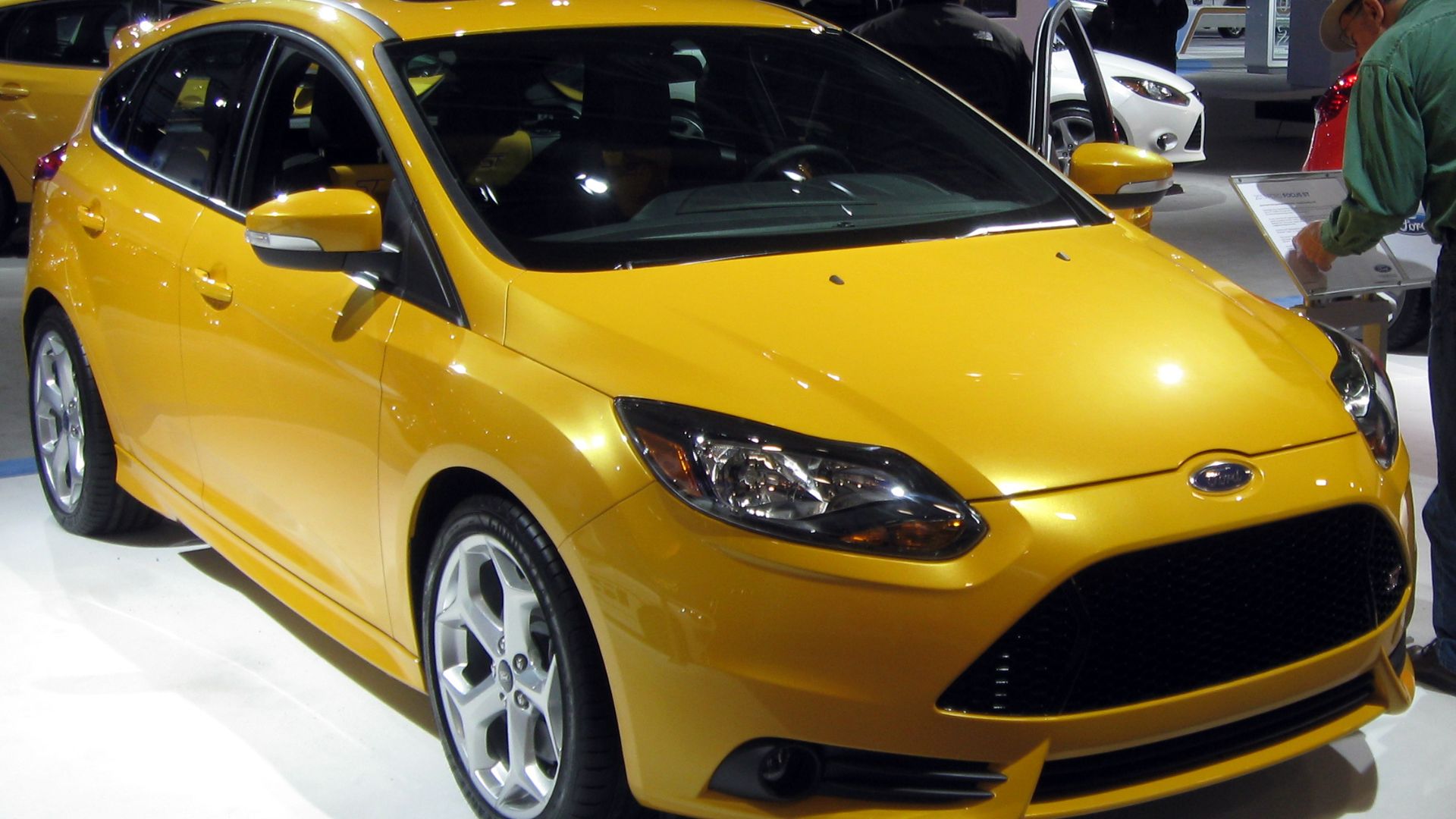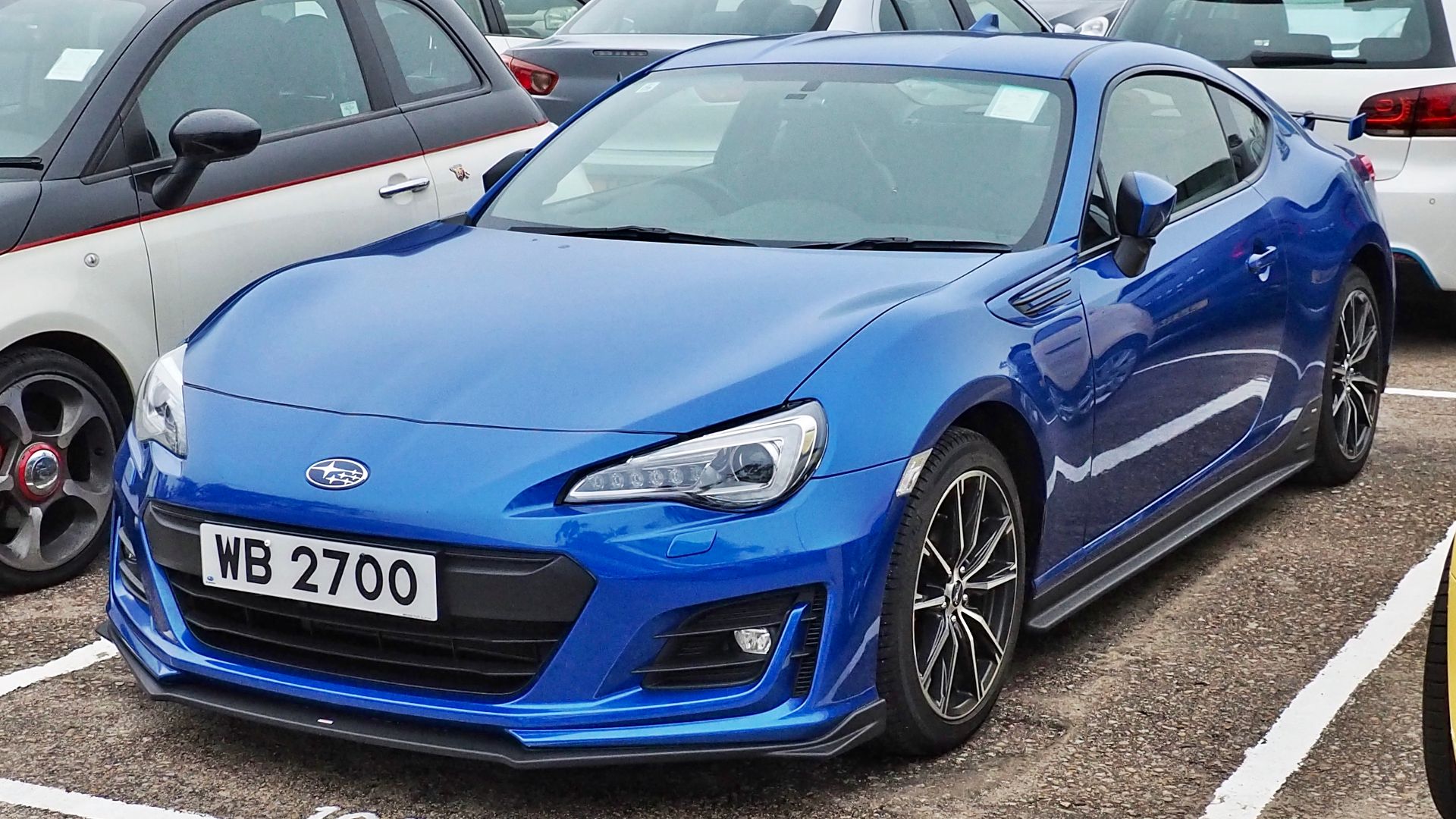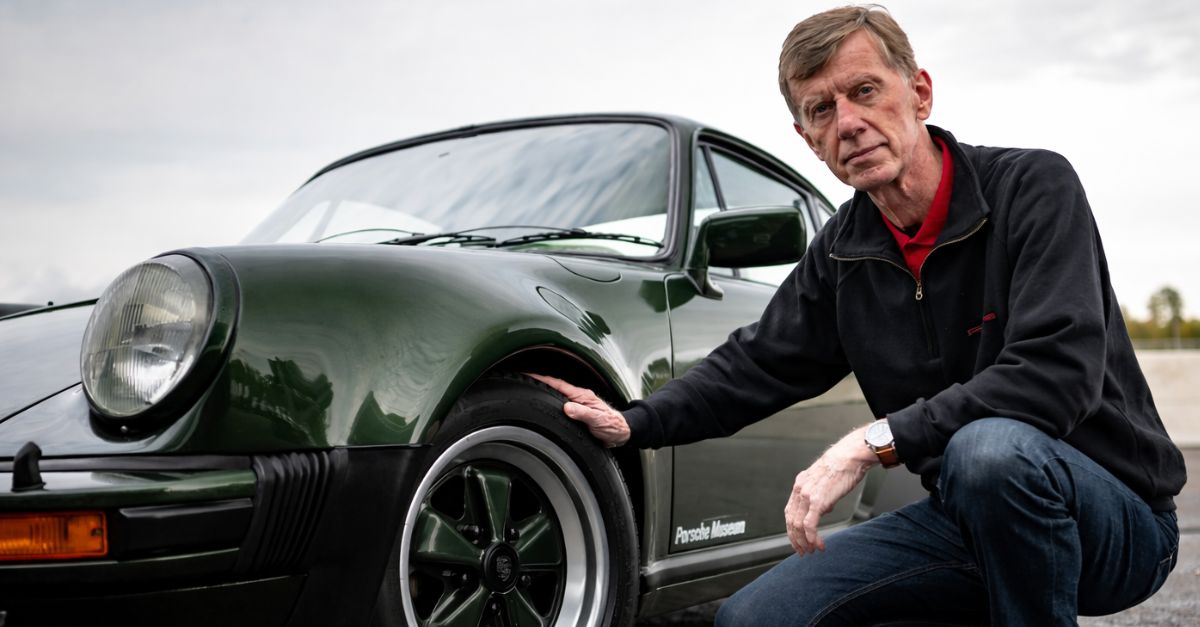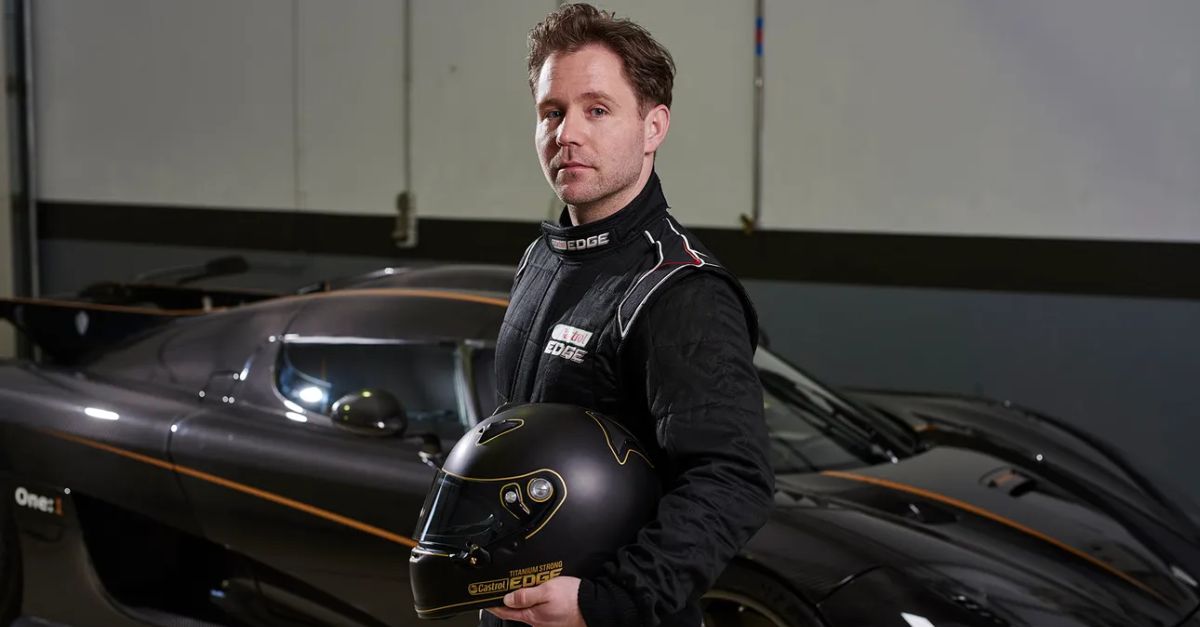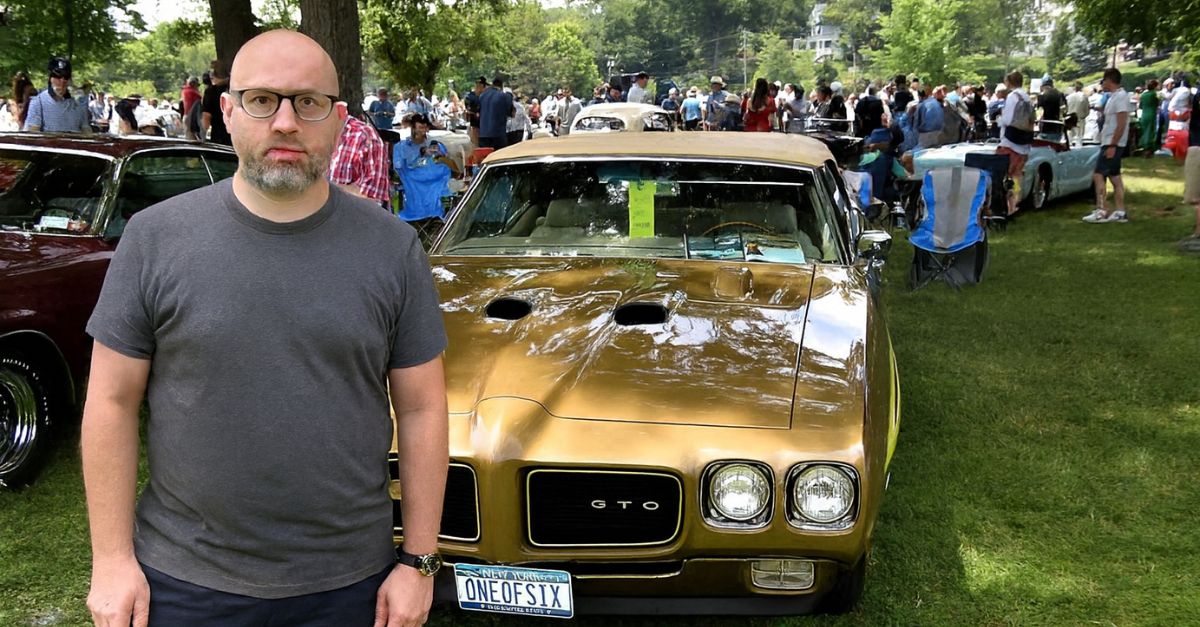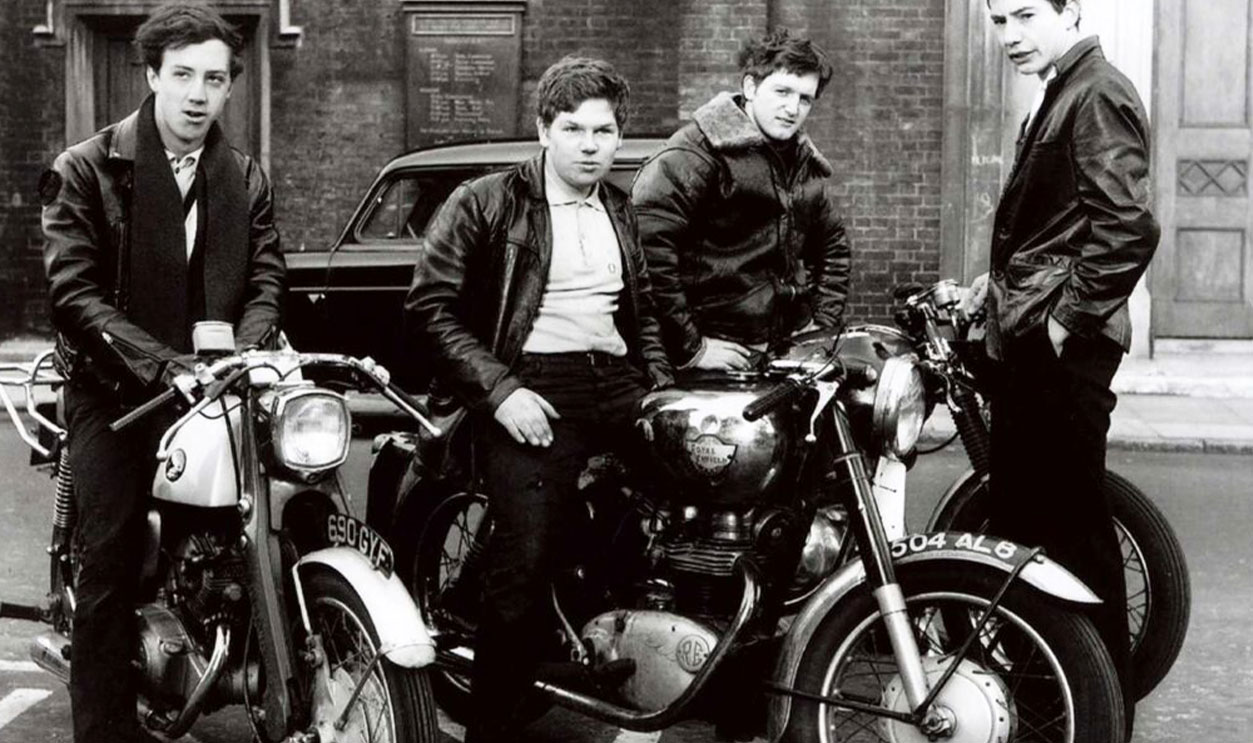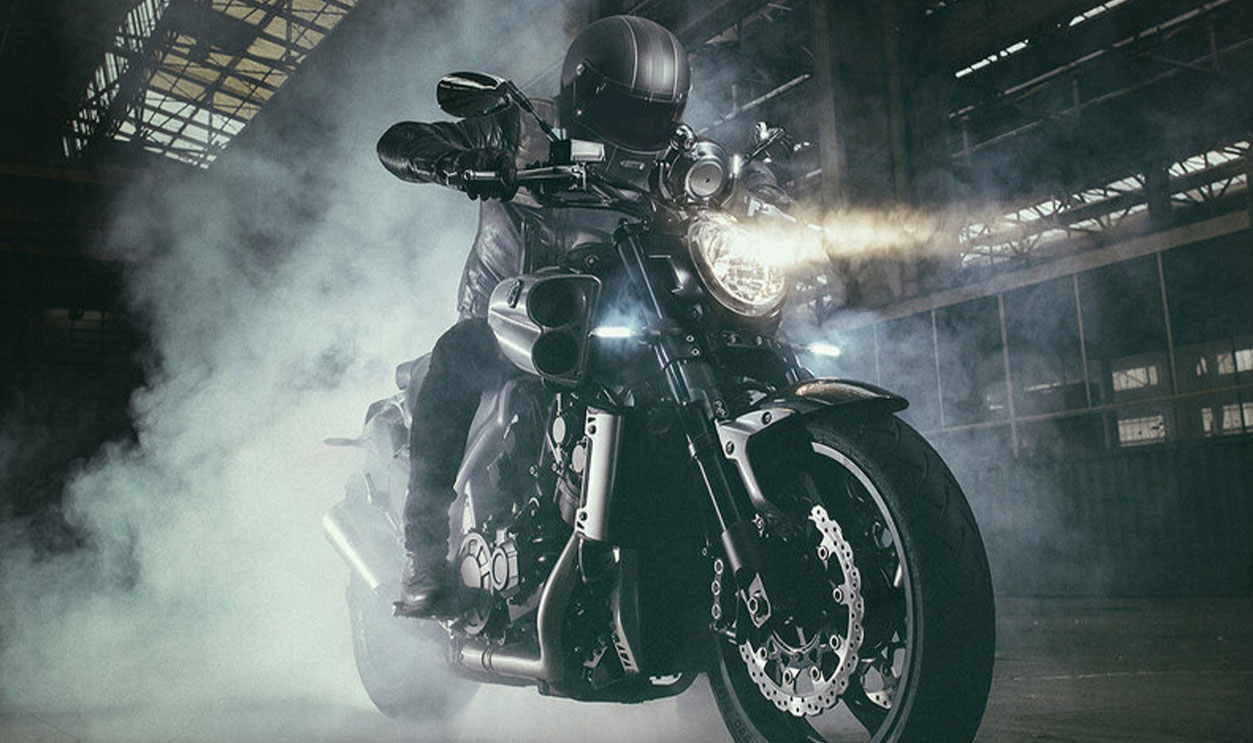Rides That Gave The Driver Full Control
Before paddles and software took over, your hands decided the rhythm. Some cars still carry that feeling—and each one here proves why the clutch still matters.

Porsche 911 Carrera (1964)
Few cars translate motion into muscle memory like the early 911 Carrera. Its five-speed gearbox wasn’t just mechanical—it was emotional. Every downshift demanded attention, and all heel-toes made you feel alive. Porsche’s balance and feedback turned ordinary drives into masterclasses in control.
Shelby Cobra 427 (1965)
Taming a Cobra meant wrestling 425 horses through a four-speed manual. This ride was pure adrenaline. The clutch was heavy, the shifts were short, and any mistake had consequences. True drivers loved it because nothing about it came easy—or automatic.
Toyota 2000GT (1967)
Before Toyota became mainstream, this limited-run beauty proved Japan could build art on wheels. Its five-speed manual and silky inline-six delivered European grace with Japanese precision. Only 351 were made, and each one begged to be driven, not displayed.
Datsun 240Z (1969)
The 240Z made real performance accessible to everyday enthusiasts. Its tight-shifting four-speed and balanced chassis introduced Americans to Japanese sportsmanship. Affordable, reliable, and full of spirit, the 240Z was the car that turned countless commuters into lifelong stick-shift fans.
BMW 2002 Tii (1972)
BMW made a small car a sensation. Its close-ratio manual transformed grocery runs into sprints. Drivers loved its precise steering and rev-happy engine. The 2002 TII showed that performance could be simple and practical through a single clutch pedal.
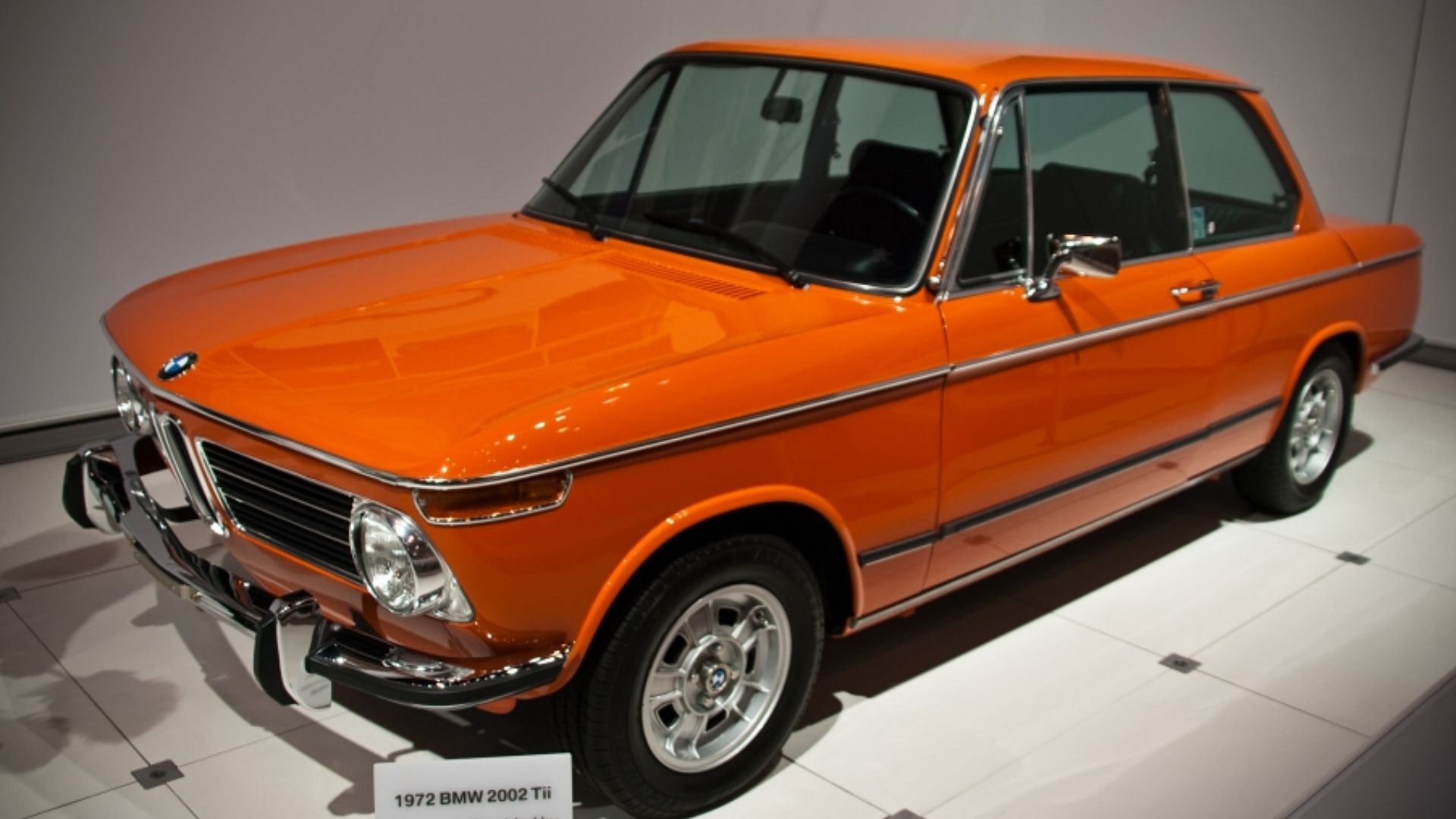 Rian Castillo from Vestavia Hills, USA, Wikimedia Commons
Rian Castillo from Vestavia Hills, USA, Wikimedia Commons
Mazda RX-7 (1978)
A small, rev-hungry rotary engine paired with a light clutch made the RX-7 feel alive in your hands. The gearbox clicked like a camera shutter—crisp and deliberate. Mazda built it for balance, and enthusiasts adored its seamless blend of simplicity and sport.
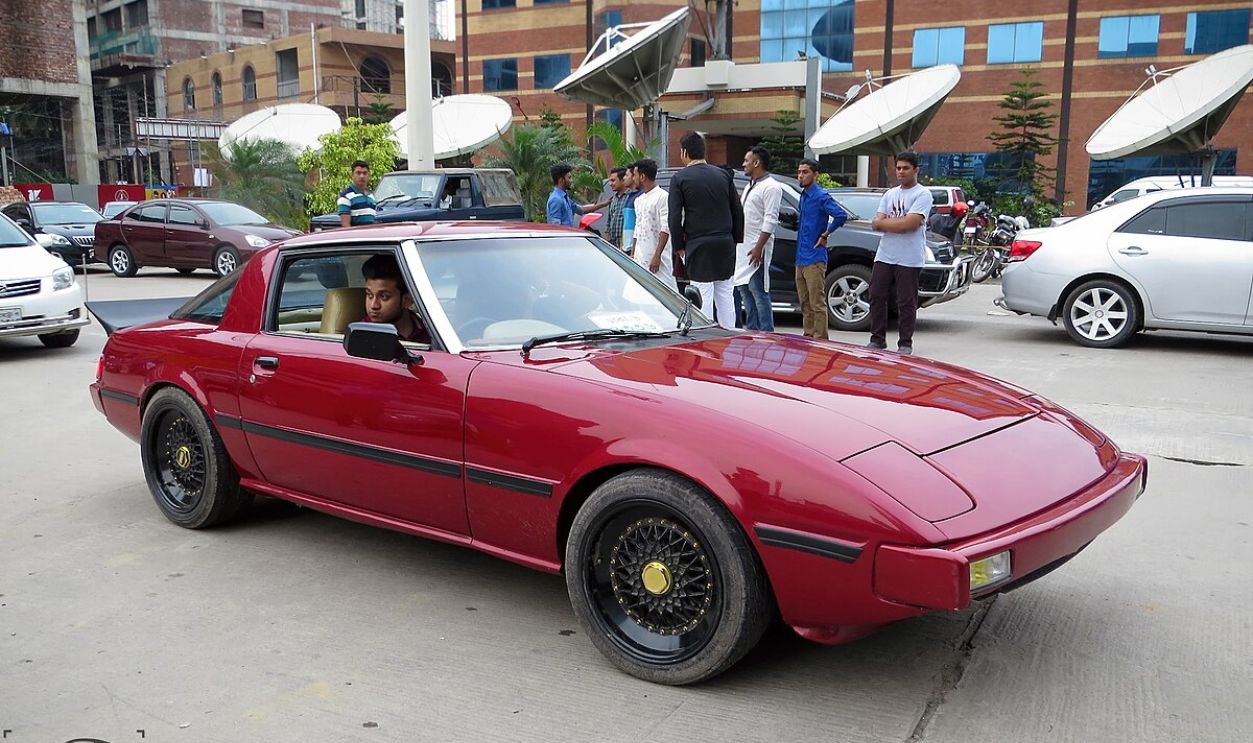 Shadman Samee, CC BY-SA 2.0, Wikimedia Commons
Shadman Samee, CC BY-SA 2.0, Wikimedia Commons
Ferrari 308 GTS (1979)
All shifts on this ride echoed through the cabin like applause. The 308 GTS captured mechanical perfection with tactile engagement. When you held the steering wheel, you didn’t just drive a Ferrari—you played it, one satisfying click at a time.
Toyota AE86 Corolla (1983)
Long before social media, this car made legends on mountain roads. The AE86’s lightweight body and five-speed manual defined balance. Rear-wheel drive meant all corners were a conversation between driver and asphalt: a perfectly teachable and endlessly entertaining.
Ford Mustang 5.0 LX (1987)
This pony car delivered muscle you could feel through all gears. The 5.0 LX came with a five-speed manual that transferred raw V8 strength straight to the driver. Each shift felt deliberate, each surge immediate. It became the benchmark for hands-on American performance in the late 80s.
Acura NSX (1990)
The NSX offered precision that supercars rarely matched. Its five-speed manual worked in perfect harmony with a mid-engine V6. Ayrton Senna’s input shaped its feedback and balance. Every shift carried a sense of engineering purpose and smooth, race-inspired control.
 Is the Honda NSX as Good as The Hype? - Cars from Japan Reviews 1990 Honda NSX by Motive Video
Is the Honda NSX as Good as The Hype? - Cars from Japan Reviews 1990 Honda NSX by Motive Video
Mazda MX-5 Miata (1990)
Mazda’s roadster revived driving purity with one perfect formula: light weight, ideal balance, and a short-throw manual. This ride’s five-speed gearbox invited rhythm and flow, and moving through corners felt connected to your input, and the gear changes rewarded timing and touch.
Nissan 300ZX Twin Turbo (1990)
Turbocharged thrust met deliberate motion through a strong five-speed gearbox that demanded precision. Linear power delivery and quick engagement made each acceleration pulse immediate. Drivers praised the Z’s ability to combine balance and style in a single seamless experience.
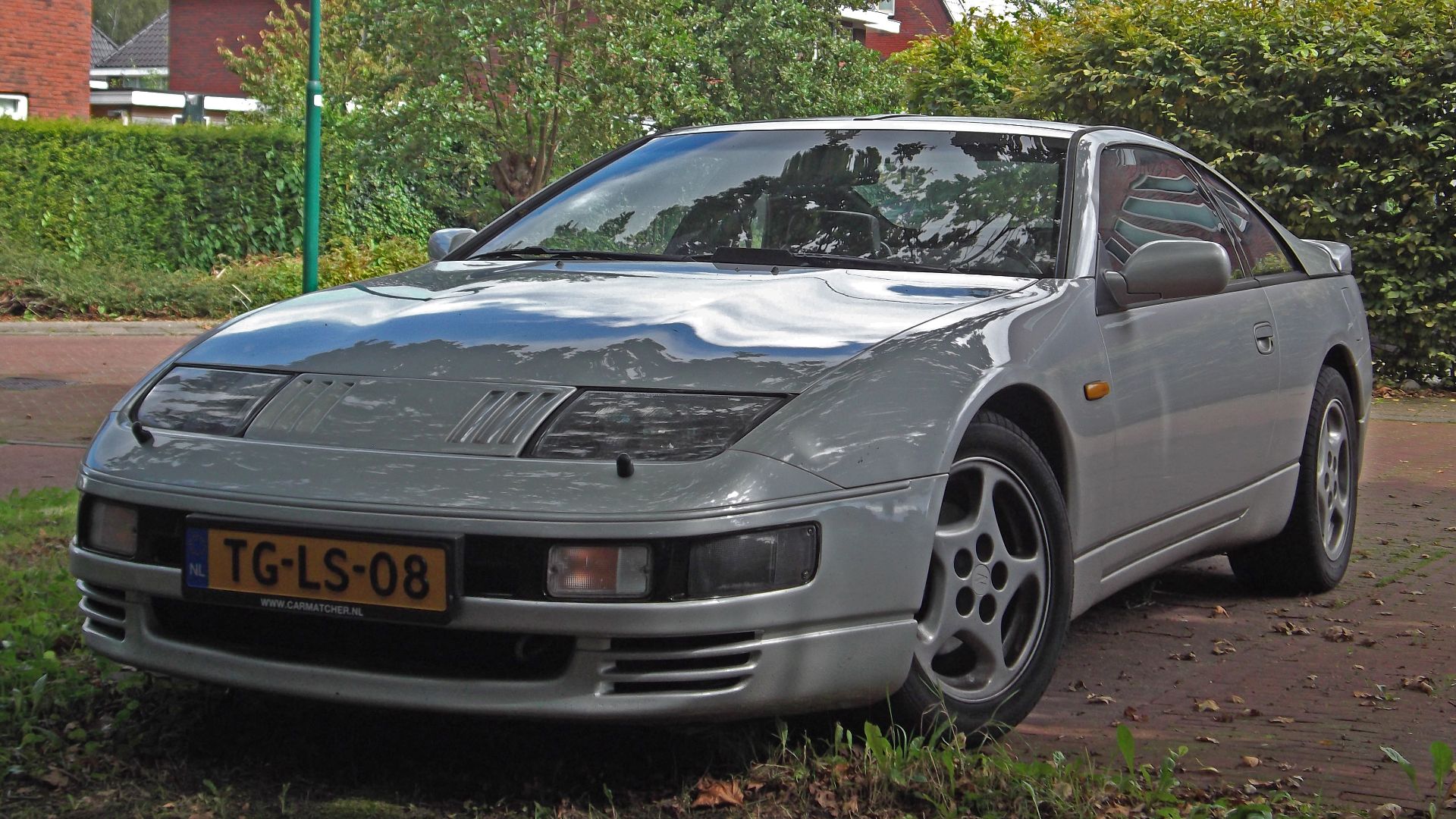 Dennis Elzinga, Wikimedia Commons
Dennis Elzinga, Wikimedia Commons
Toyota Supra Mk IV (1993)
Underneath the hood lived the Getrag V160, a transmission built for greatness. Shifts locked in with mechanical perfection, harmonizing with the 2JZ engine’s formidable strength. Tuners pushed it to extremes, while drivers celebrated the pure tactility of unfiltered power.
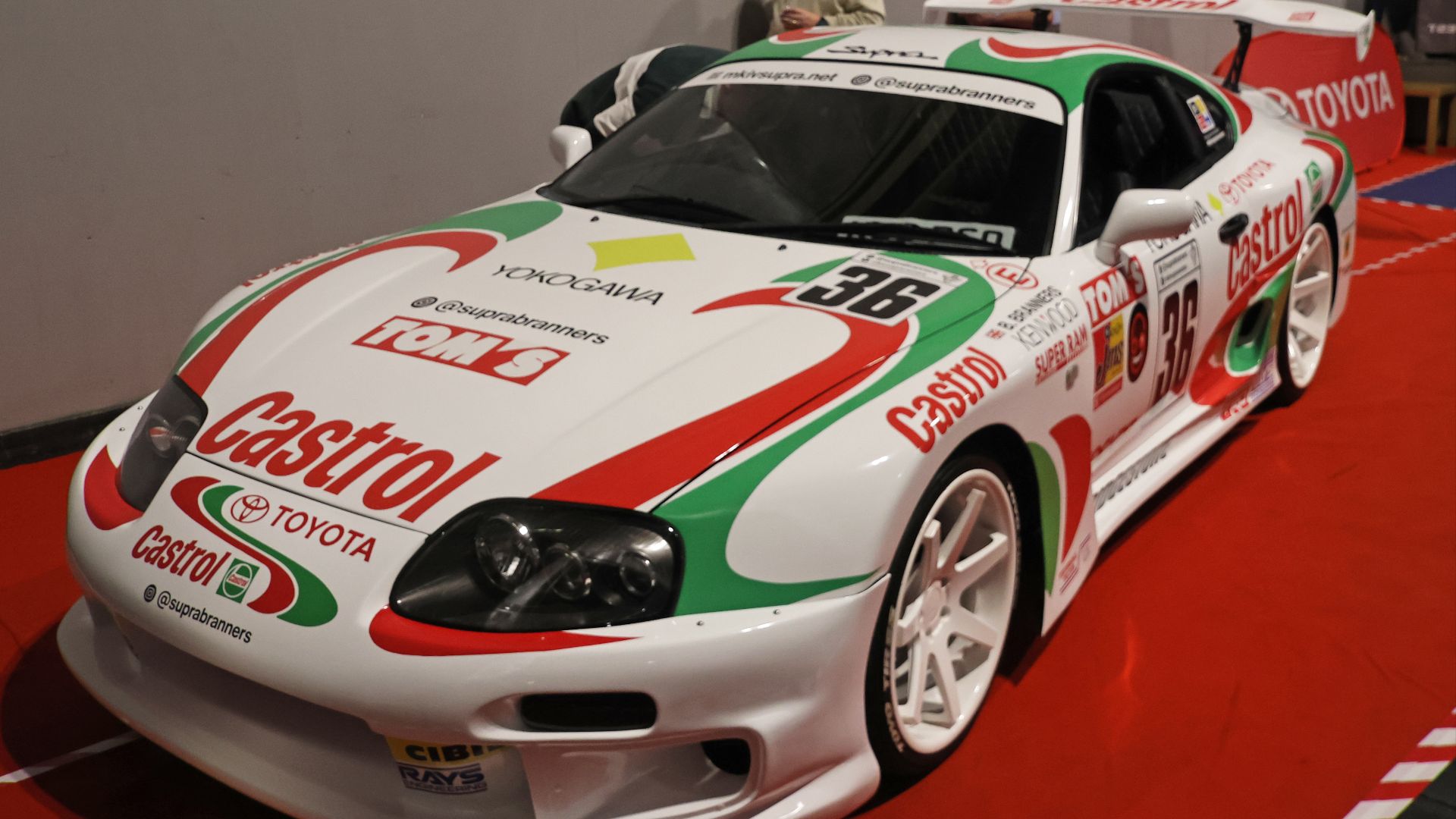 Tony Hisgett from Birmingham, UK, Wikimedia Commons
Tony Hisgett from Birmingham, UK, Wikimedia Commons
BMW M3 E36 (1995)
Few car brands captured feedback so clearly through a manual lever. The five-speed transmission responded instantly to the intention to match the chassis’s agility. Steering, clutch, and engine aligned in perfect rhythm to reward drivers who valued precision and finesse over spectacle.
 1995 BMW E36 M3 Walkaround with Steve Magnante by High Octane Classics
1995 BMW E36 M3 Walkaround with Steve Magnante by High Octane Classics
Honda S2000 (1999)
High revs met surgical shifting in this open-top sensation. Its six-speed gearbox snapped between ratios with addictive clarity, and the 9,000-RPM redline invited fearless exploration. Engineers designed it for instinctual engagement, turning motion into an act of mechanical artistry.
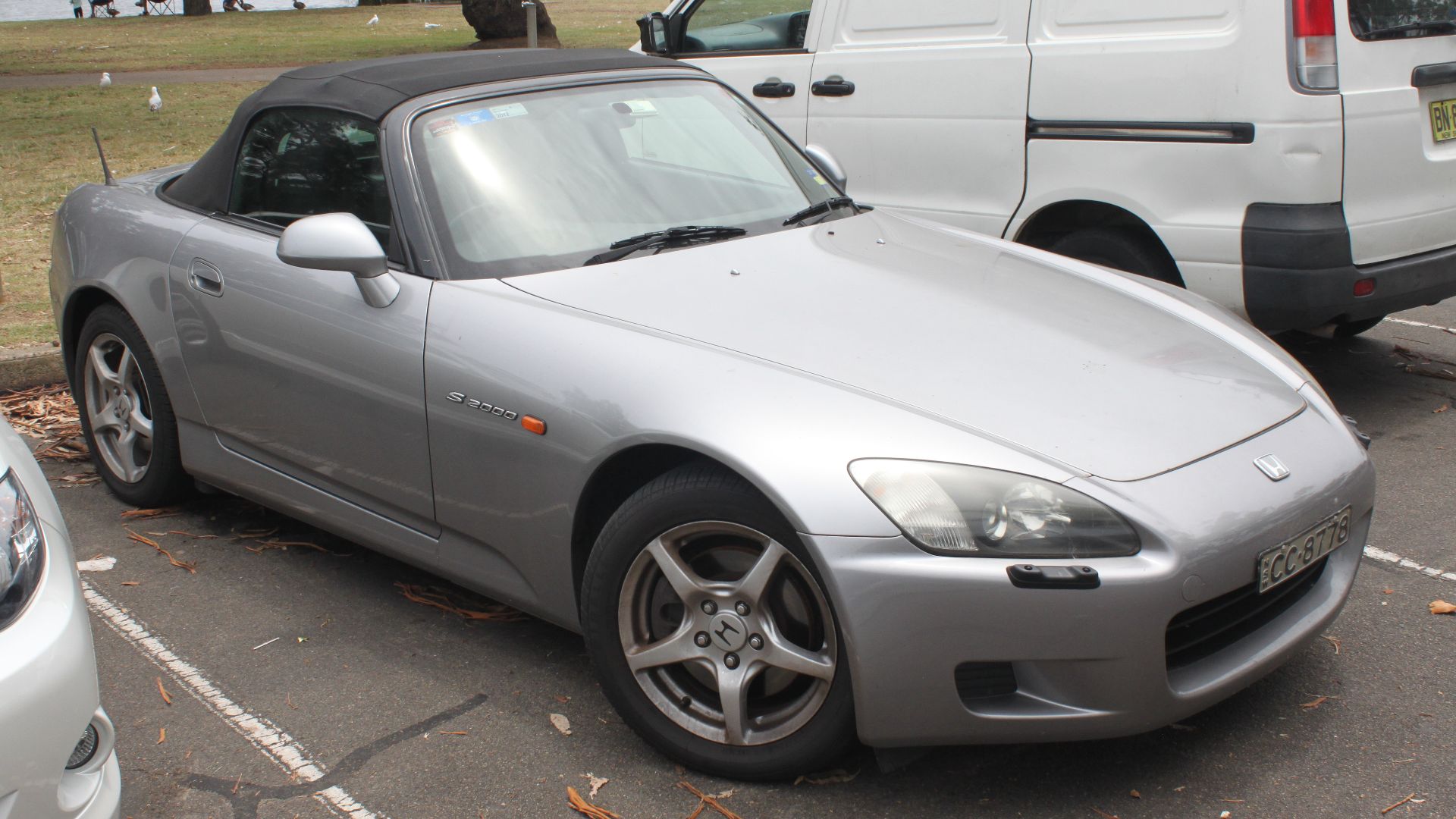 Jeremy from Sydney, Australia, Wikimedia Commons
Jeremy from Sydney, Australia, Wikimedia Commons
Subaru WRX (2001)
Rally breeding shone brightest when the clutch dropped. A five-speed manual and symmetrical all-wheel drive worked in perfect coordination by transferring grip into momentum. Turbo torque was built with precision to allow drivers to carve through weather and terrain with genuine control.
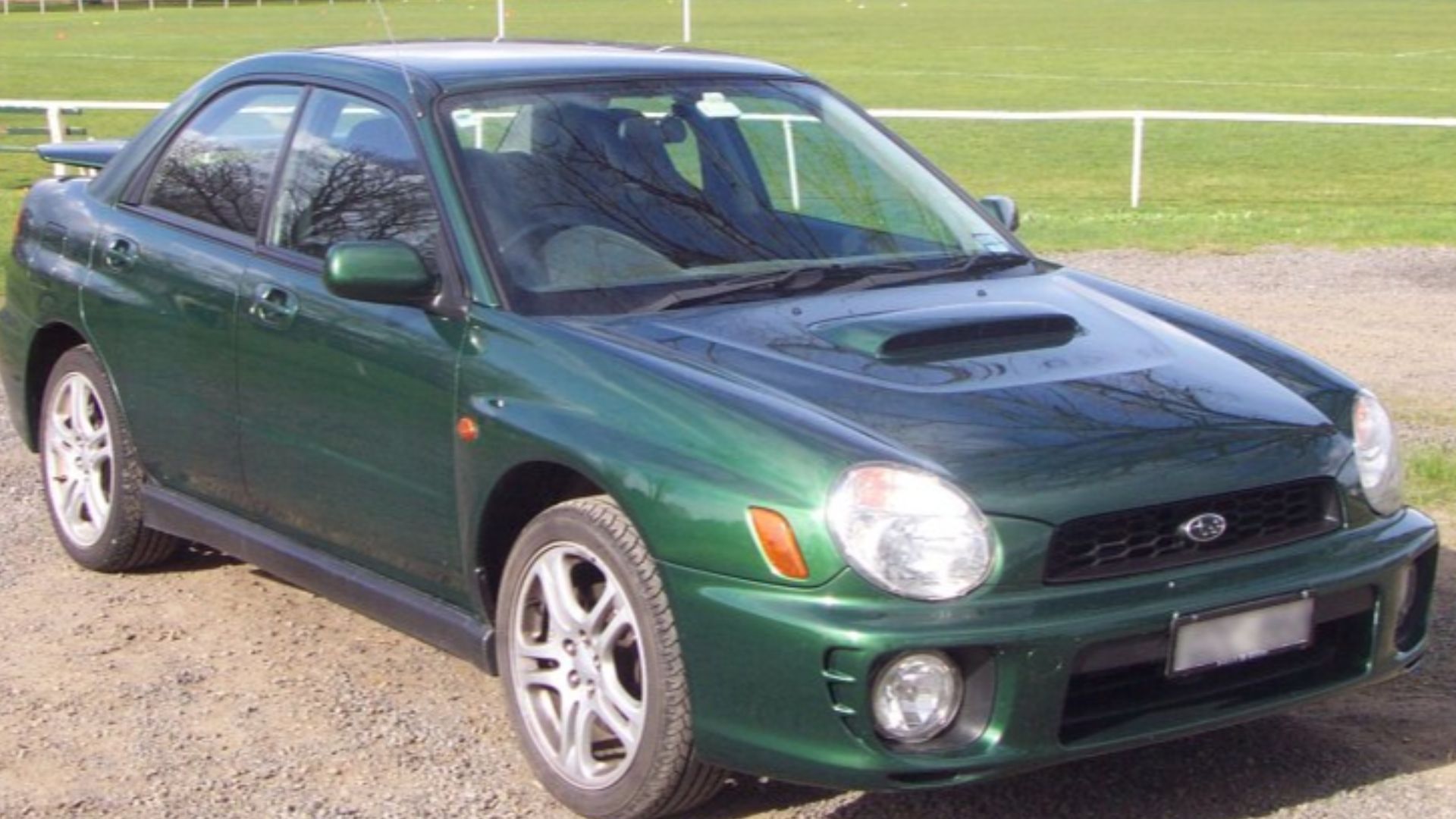 Robert Merkel at English Wikipedia, Wikimedia Commons
Robert Merkel at English Wikipedia, Wikimedia Commons
Mini Cooper S (2002)
A six-speed manual translated the supercharged spirit into nimble motion. Lively handling, compact dimensions, and quick ratios made this playful machine the spark plug of modern manual culture. Every flick of the lever reminded drivers why small cars can excite.
Mazda RX-8 (2003)
Inside the cockpit, mechanical harmony ruled. The Renesis rotary spun freely, singing through a slick six-speed manual tuned for responsiveness. Lightweight engineering amplified balance through corners to create a fluid rhythm that encouraged participation rather than mere observation.
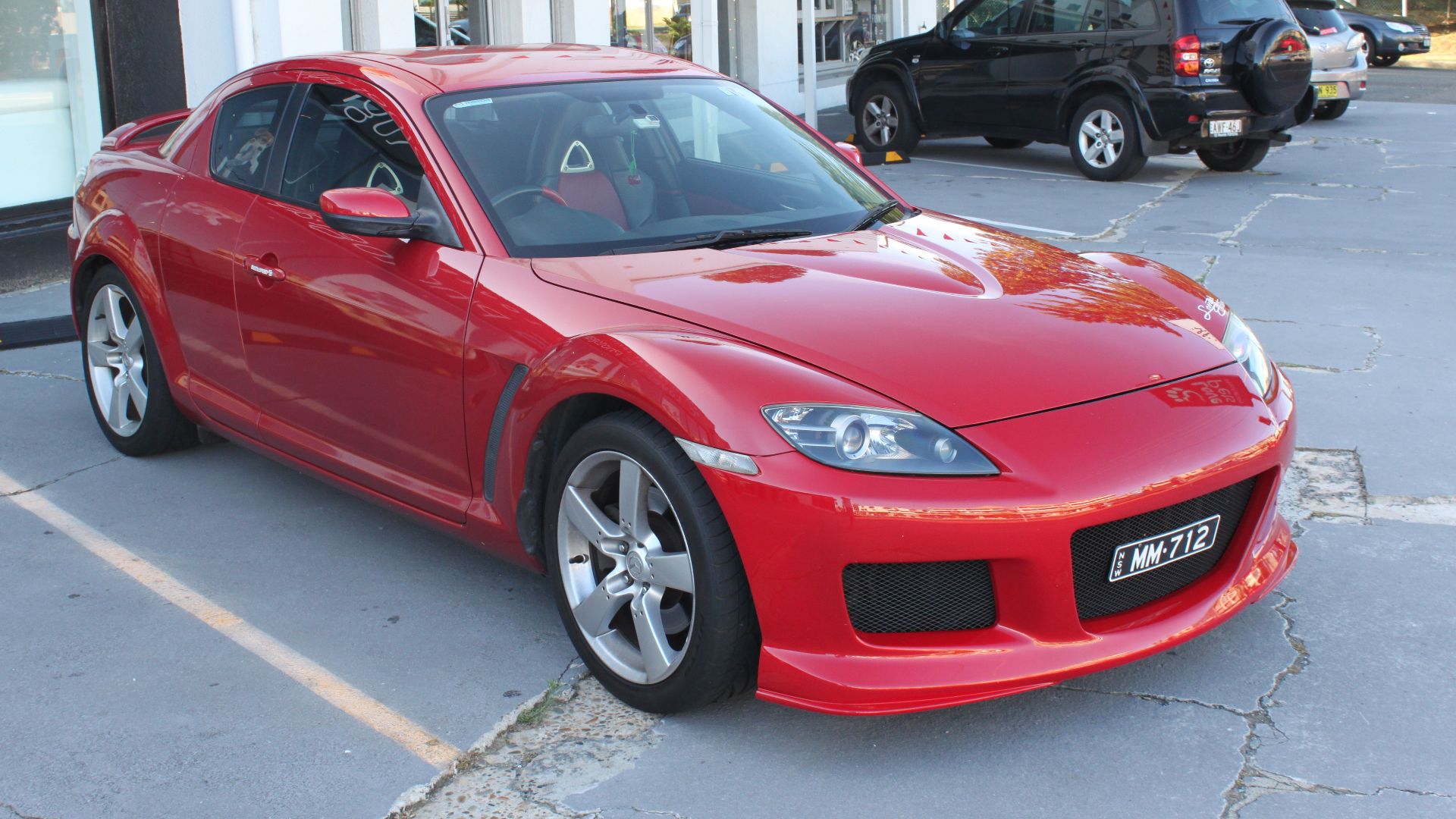 Jeremy from Sydney, Australia, Wikimedia Commons
Jeremy from Sydney, Australia, Wikimedia Commons
Chevrolet Corvette Z06 (2006)
Manual loyalists felt the Z06 in their bones—505 horsepower guided by a Tremec six-speed that demanded presence and timing. Shifts came heavy but clean, always pairing brute strength with balance. Few sports cars made mechanical connection feel so unapologetically American.
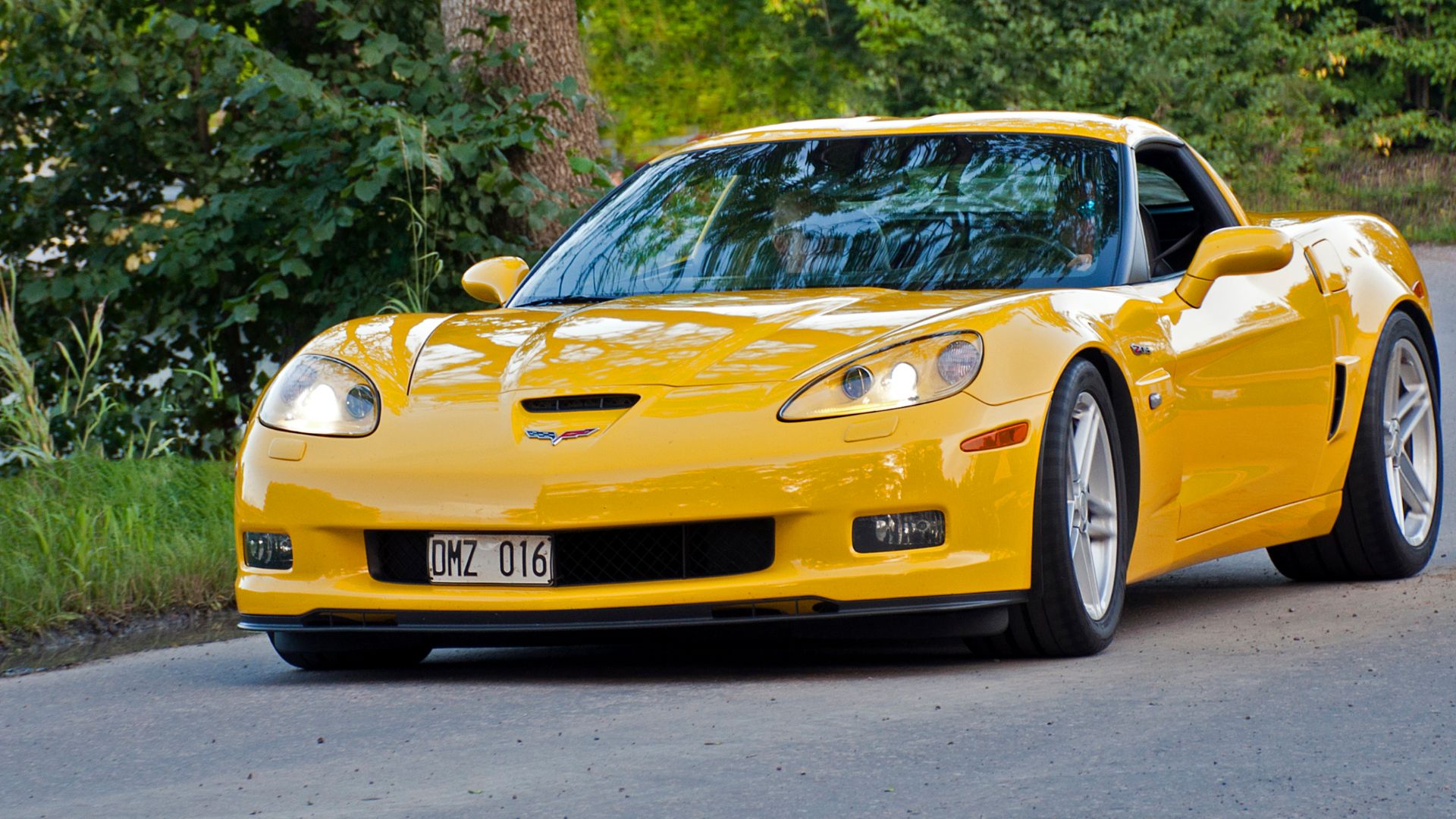 Staffan Andersson, Wikimedia Commons
Staffan Andersson, Wikimedia Commons
Porsche Cayman S (2006)
Pressing the clutch revealed Porsche’s obsession with precision. The six-speed gearbox sat perfectly tuned to the car’s mid-engine rhythm. Drivers could sense equilibrium through their palms long before modern assists blurred that feeling.
Ford Focus ST (2013)
Hot-hatch energy met refined aggression here. A turbocharged four-cylinder paired with a tight six-speed created a dance between torque and traction. Short throws rewarded confidence, while that sharp throttle response made quick shifting feel like second nature to enthusiasts.
Honda Civic Type R (2017)
Engineers designed the Type R’s transmission as a performance instrument. Rev-matching tech synced beautifully with a turbocharged engine that delivered a steady, linear pull. All clutch drops carried precision, and they turned daily drives into reminders of Honda’s racing DNA.
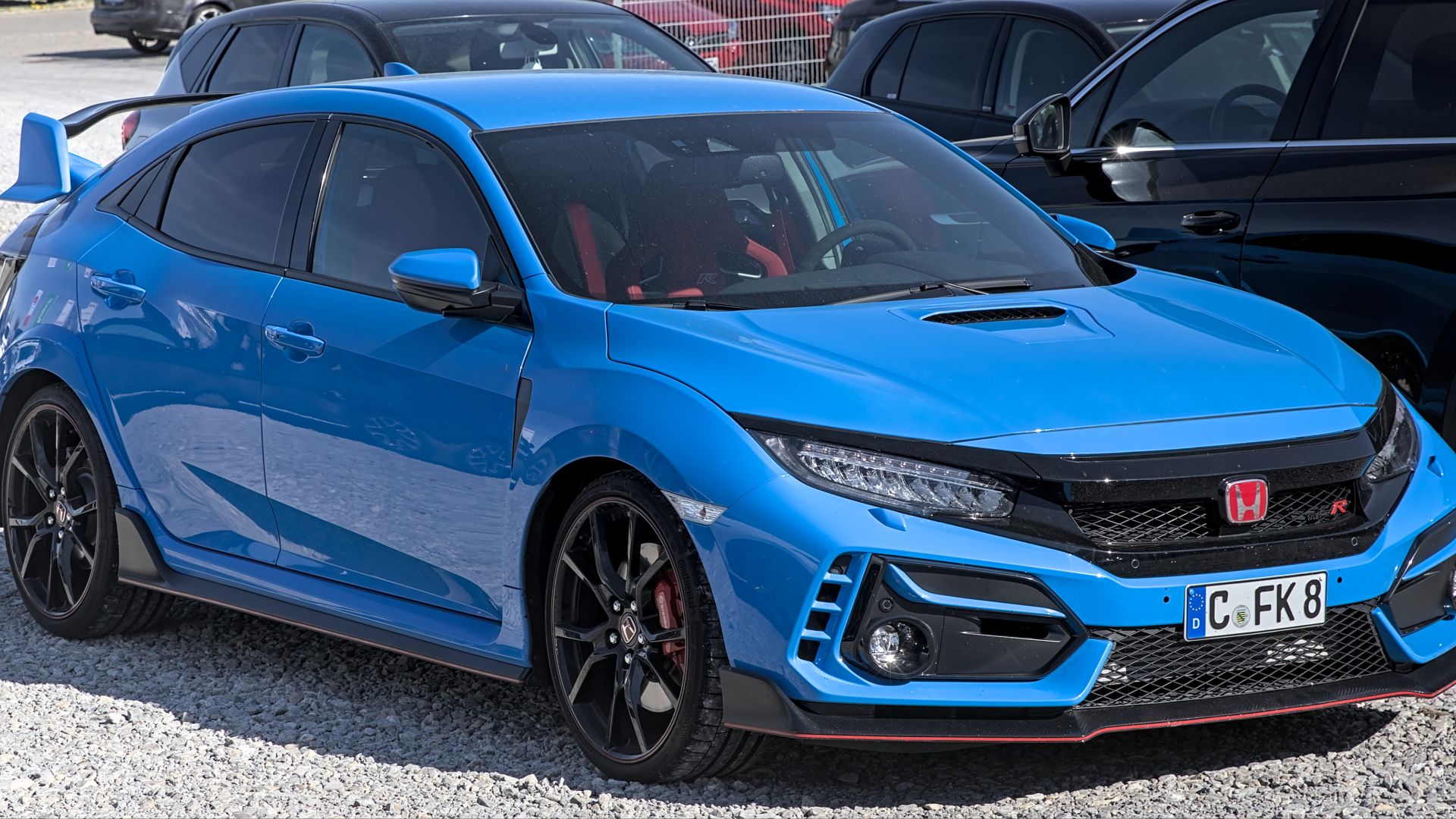 Alexander Migl, Wikimedia Commons
Alexander Migl, Wikimedia Commons
Subaru BRZ/Toyota GR86 (2020)
Nothing artificial separated the driver from motion here. Rear-wheel drive, predictable torque, and a six-speed manual worked in harmony to create engagement over outright power. Enthusiasts praised the duo for preserving the tactile joy that defines real driving involvement.
Chevrolet Camaro SS 1LE (2021)
Track days became training grounds for feel. The SS 1LE’s short-throw six-speed demanded focus, responding instantly to well-timed shifts. Magnetic suspension and V8 thrust amplified precision, and it transformed raw performance into the kind of hands-on feedback purists chase endlessly.
 2021 Chevrolet Camaro 2SS 1LE: Start Up, Exhaust, POV, Test Drive and Review by Bros FOURR Speed
2021 Chevrolet Camaro 2SS 1LE: Start Up, Exhaust, POV, Test Drive and Review by Bros FOURR Speed
BMW M2 CS (2021)
Few machines fuse instinct and engineering so seamlessly. A six-speed manual transmits 444 horsepower with surgical accuracy, engaging the driver with every mechanical cue. Tight chassis dynamics kept each shift deliberate and grounded in sensation rather than spectacle.


